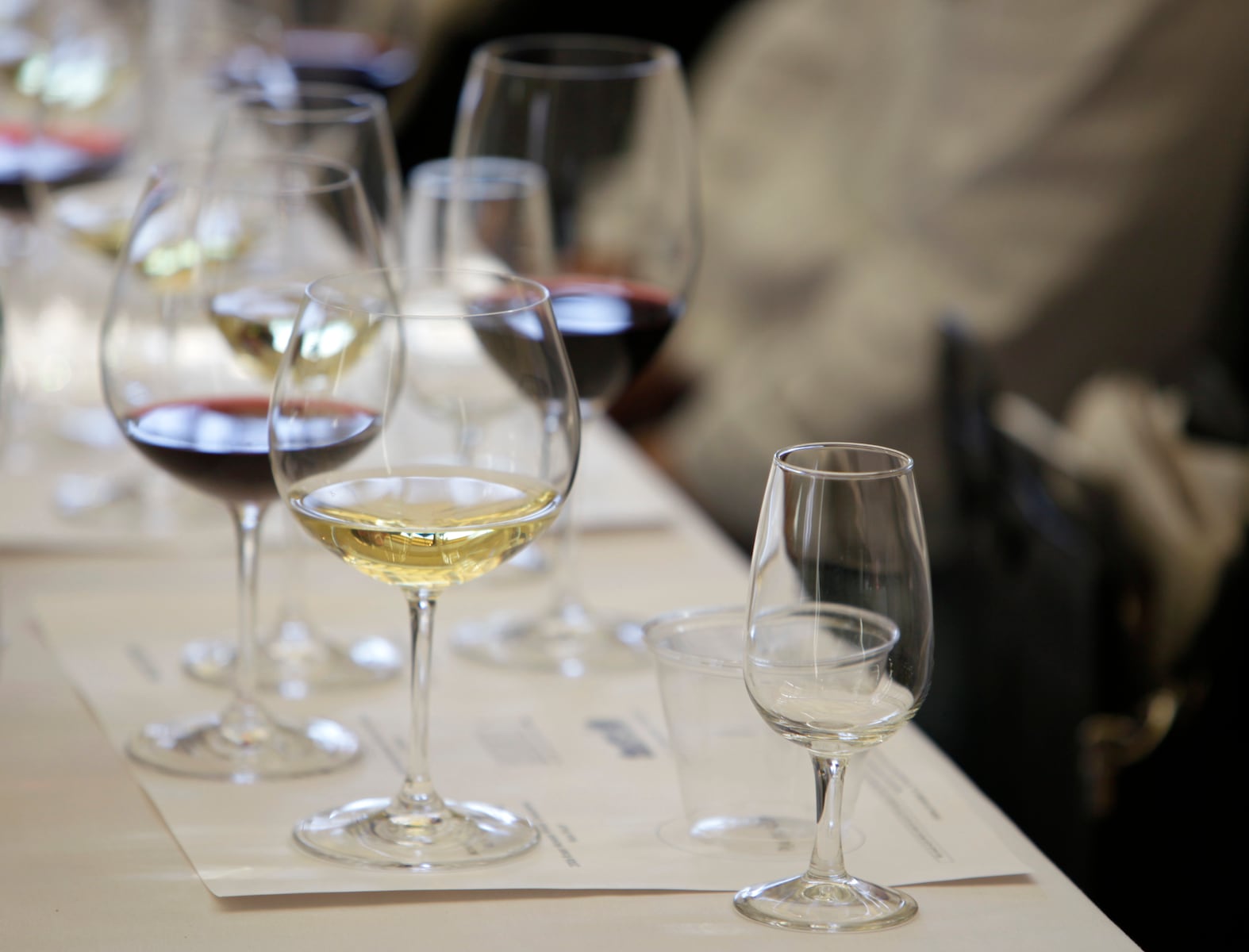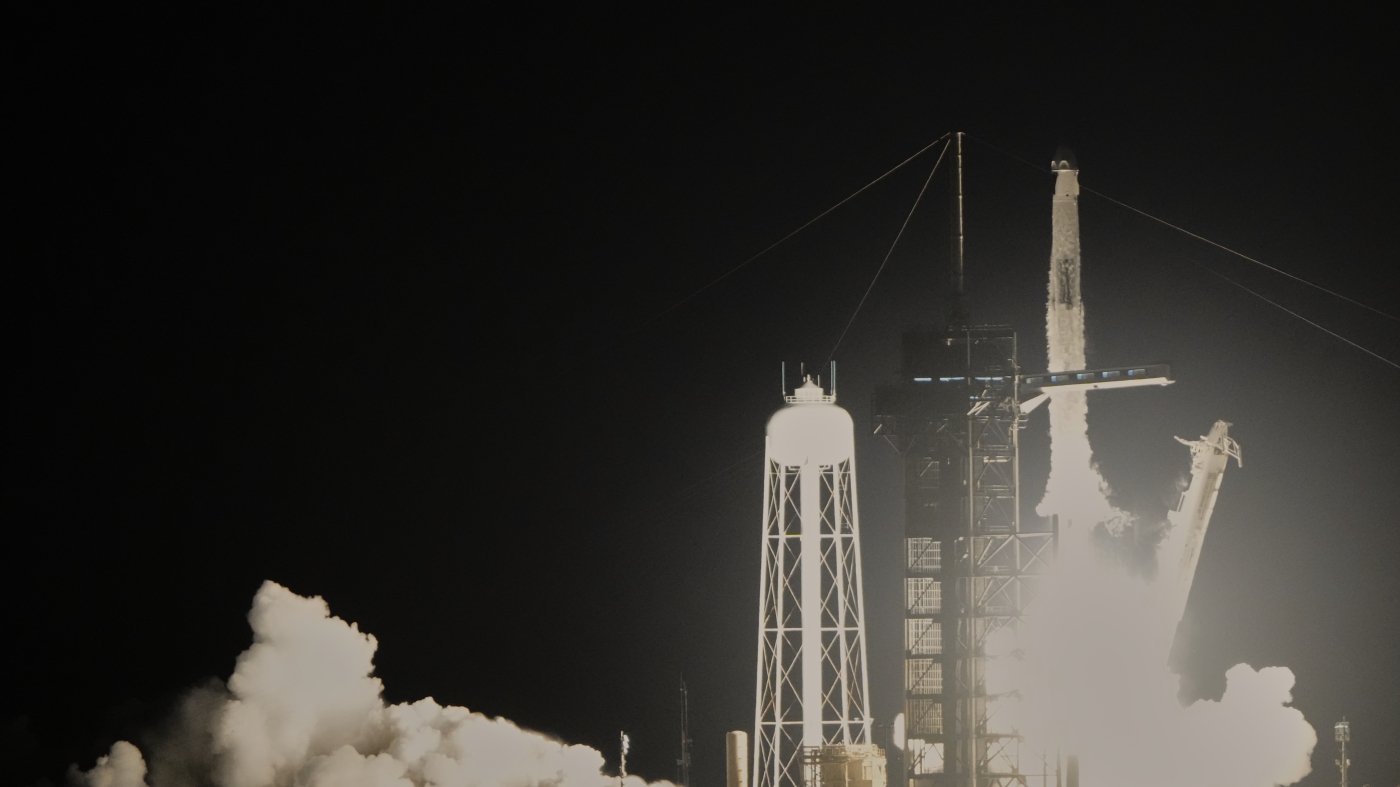Pope Returns 62 Artifacts to Indigenous Peoples from Canada

On Saturday, the Vatican returned 62 artifacts to Indigenous peoples from Canada, marking a significant step in the Catholic Church’s acknowledgment of its historical role in suppressing Indigenous cultures in the Americas. The items, which include an iconic Inuit kayak, were handed over by Pope Leo XIV to a delegation from the Canadian Conference of Catholic Bishops during an audience at the Vatican.
These artifacts were part of the Vatican Museum’s ethnographic collection, specifically the Anima Mundi museum. A joint statement from the Vatican and the Canadian church described the return as a “concrete sign of dialogue, respect and fraternity.” The items had been part of a collection that has faced scrutiny due to ongoing debates about the restitution of cultural goods taken from Indigenous peoples during colonial times.
Most of the artifacts were sent to Rome by Catholic missionaries for a 1925 exhibition held in the Vatican gardens, which was part of that year’s Holy Year celebrations. The Vatican maintains that these items were “gifts” to Pope Pius XI, intended to showcase the church’s global reach and the lives of the Indigenous peoples they interacted with. However, historians and Indigenous advocates have raised concerns about the authenticity of these “gifts,” given the significant power imbalances that existed during the era of Catholic missions.
The return of these artifacts aligns with broader discussions on the forced assimilation policies employed by the Canadian government, policies that the Truth and Reconciliation Commission has termed “cultural genocide.” This included the confiscation of items integral to Indigenous spiritual and cultural practices, such as those associated with the potlatch ceremonies that were banned in 1885.
Negotiations regarding the return of the artifacts gained momentum after Pope Francis met with Indigenous leaders in 2022. During this meeting, he issued a public apology for the church’s involvement in the operation of residential schools in Canada, which aimed to eradicate Indigenous cultures. The leaders expressed their desire for the return of the artifacts, which included an Inuit kayak, wampum belts, war clubs, and masks. Pope Francis subsequently indicated his support for the return of such items on a case-by-case basis, stating that “where it’s necessary to make a gesture, better to do it.”
The Vatican noted that the return of these artifacts coincides with the 100th anniversary of the 1925 exhibition. The joint statement explained that this act symbolizes ecclesial sharing, as the Pope entrusts these artifacts to the Church in Canada, which represent the history of faith and the cultures of Indigenous peoples.
The Canadian bishops have committed to ensuring that the artifacts are “properly safeguarded, respected and preserved.” It has been indicated that the artifacts will eventually be housed at the Canadian Museum of History in Gatineau, Quebec. Here, experts alongside Indigenous groups will work to trace the origins of the items to their specific communities and determine the best course of action for their future.
In 2023, the Vatican formally repudiated the “Doctrine of Discovery,” a series of 15th-century papal bulls that justified the colonial seizure of Indigenous lands. This repudiation marked a historic acknowledgment of the Vatican’s complicity in colonial-era abuses and was cited in the Vatican’s statement regarding the return of the artifacts.
The return of these artifacts serves not only as a historical reckoning but also as a step toward healing and reconciliation between the Catholic Church and Indigenous communities in Canada.






